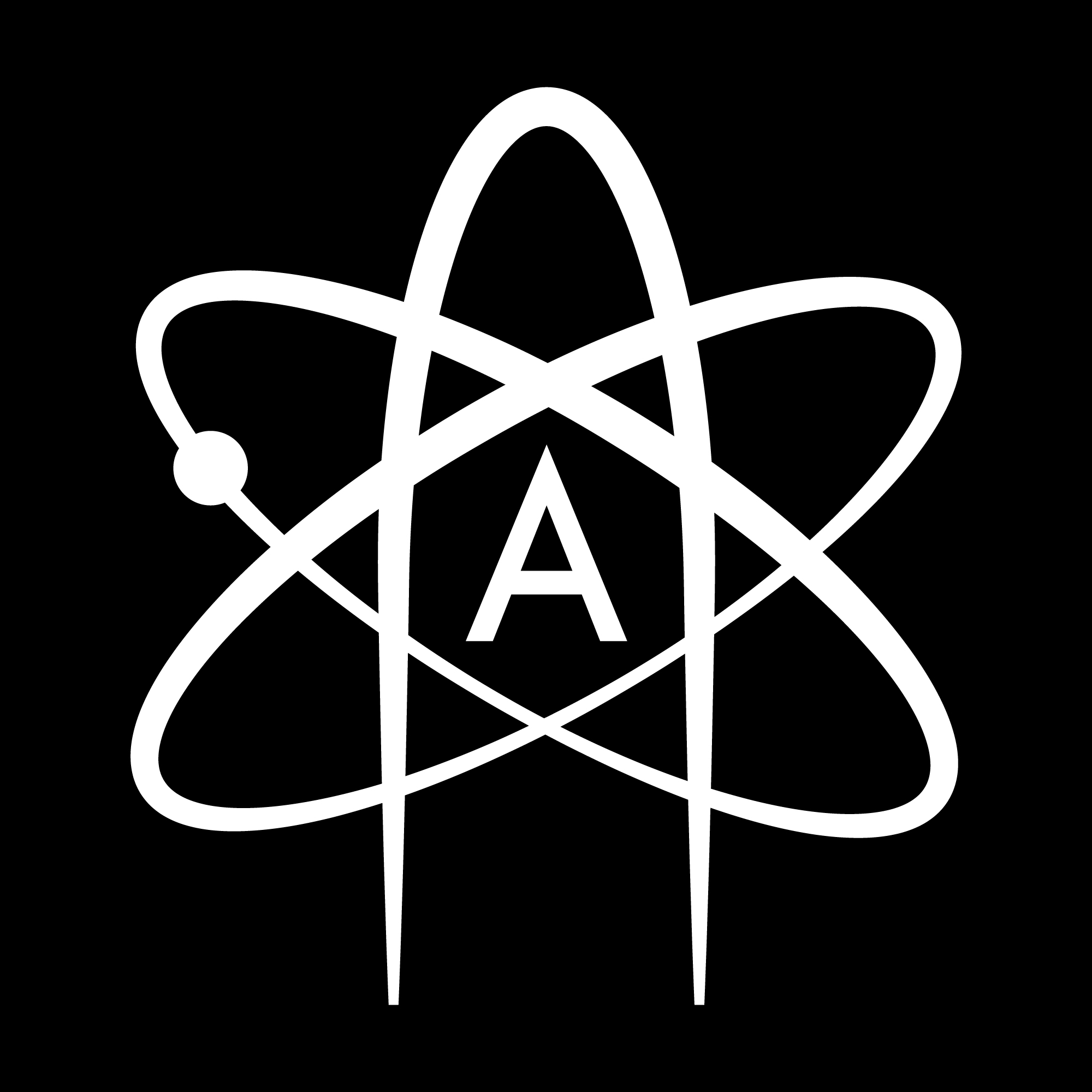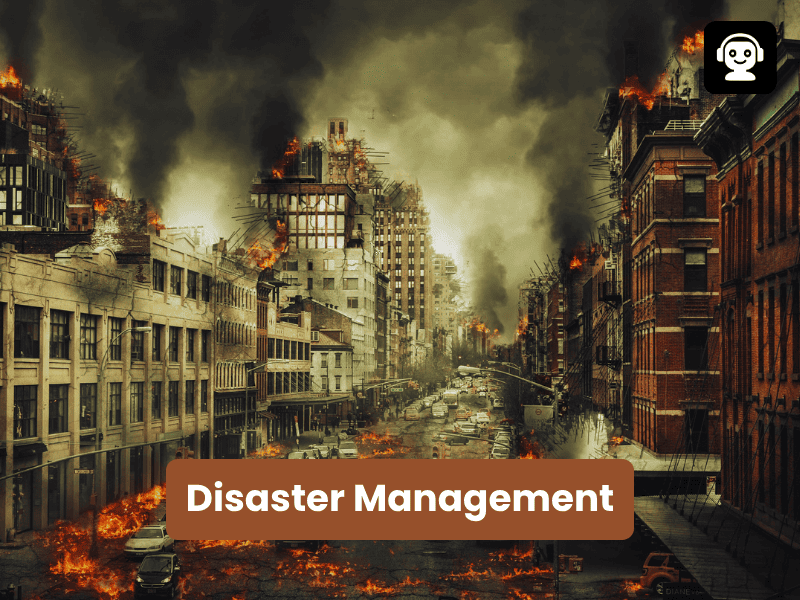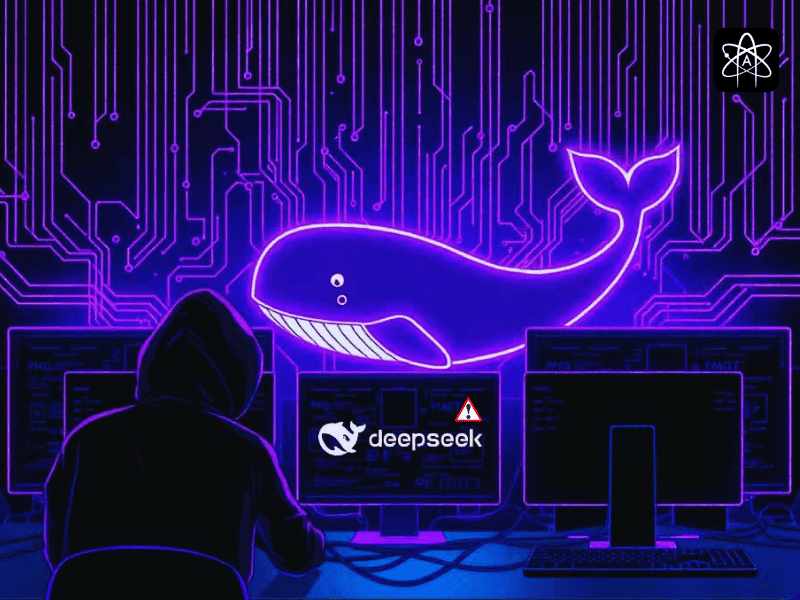Mumbai is a crowded place, a place where life never stops, and a place where doing constant work is the only way of survival. Imagine the whole place getting completely shut down after one disaster, and the only thing that could help at that time, a disaster management team, also didn’t work as it was supposed to. It sounds like a bad dream for many people living in Mumbai. This dream is the reality of 2005. The Mumbai disaster management team was never a good one to trust from the start, but eventually, they became one.
Now, the disasters scare people less than they used to in the early 2000s. The functions of the team and infrastructure are a lot better now. The story of this disaster management, which begins from nothing and ends in using high-tech like AI, is inspiring for other cities too. The story of Mumbai disaster management from shifting landlines to AI is long and includes lots of ups and downs. Let’s understand it briefly.
Wake-up call for Mumbai disaster management
The incident of 2005 became a wake-up call for disaster management. This year, Mumbai had to face one of the most dangerous floods, which made every single thing shut down, and people were not able to contact anyone. Every emergency service that needed to be active at that time was not at its best. The roads were flooded, connections were cut, and people were worrying about their loved ones, but they couldn’t visit them or contact them in any way. This incident affected people’s lives even after the situation got under control.
In a situation like this, disaster management should come into action, but at the time, the management was not developed. The disaster management was specially made for situations like this, but they didn’t know that the avoidance of fewer functions’ availability can end up giving a big lesson. There were very few landlines to contact anyone, and no systems were available that could alert people before the disaster or systems that people could use to contact the management. The whole management team was also absent today. This whole scenario made the government realise how important Mumbai disaster management is, and it became a wake-up call, which worked.
The start of a Mumbai disaster management upgrade
The Mumbai disaster management became active after the incident; they started focusing on speed of working, coordination, and making apps to give signs of alert. They make a lot of changes; some of them are:-
- Enhanced weather monitoring: In 2005, the city had only 2 weather stations, but now it has more than 120. Having the right information about the weather at the right time can help people prepare themselves for the coming issue. As soon as they know about it, the management will become easier. The weather monitoring systems also get more advanced with the help of AI.
- More staff: Now a total of 300 people work in the main area and some in other small areas. The whole staff is always active and keeps an eye on each little thing happening in the environment. They make sure everything is working smoothly every minute.
- Better communication: This is one of the main things at the time of disaster because all the network and contact tools get shut down. The only way to contact for help is through disaster management. 60 emergency lines are available now, and 60 lines to contact the police or hospital in any emergency are also available. All the contact lines are always working, and there is also one person in it who will solve your query and issue instantly. All people there are fully trained to handle any kind of situation.
- Tech-powered reporting: The management shift from the landline to AI. Now they have high technology and AI-based software that work in their best way. The tech reporting helps the people get help from management faster, which took hours to happen in 2005.
AI and smart tools take over:
The Mumbai disaster management team now uses AI and MIL for faster and better work. The satellite helps in detecting the damaged area after the disaster, so action can be taken by keeping the risk factors and the overall damage in mind. The SEOC also recently opened in Mumbai with big satellite phones and with new high technology.
Different must-have mobile apps have also been launched where people can see the ways to contact the Mumbai disaster management team, and they will also get notifications about any disaster. If the app is not available on phones, they still make sure that most people get messages about any warnings.
Read More: The ChatGPT Cognitive Impact in 2025: Surprising Findings of Two Studies
Read More: Grok Adds Auto Mode 2025: Smarter AI for Excellent Responses on Web
The future of Mumbai disaster management with AI
The Mumbai disaster management is now getting comfortable with new technology; they are including AI-based tech in their workplace. The future of Mumbai looks safe and well managed compared to 2005. Now, people are self-aware, and management makes sure they are doing everything that is necessary at the time of disaster. The disaster can’t be stopped, but the right management can minimise its effect on the city a little.



